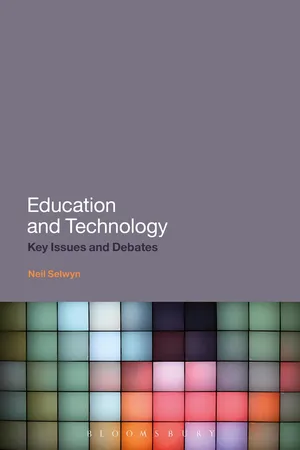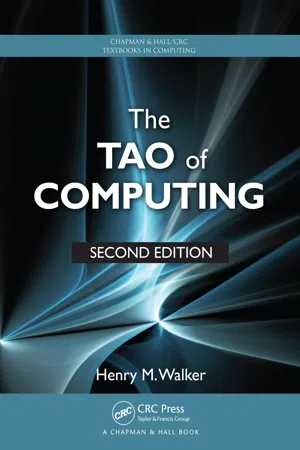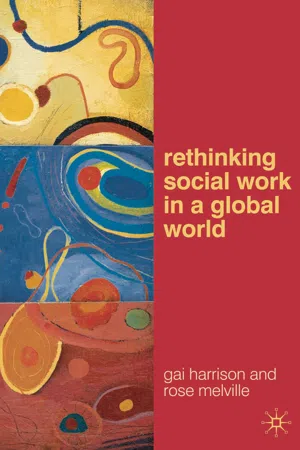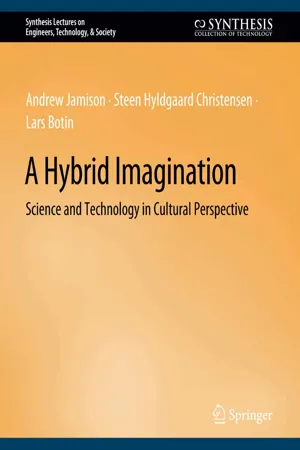Social Sciences
Access To Technology
Access to technology refers to the ability of individuals or groups to use and benefit from technological resources such as computers, internet, and digital devices. It encompasses issues of affordability, availability, and digital literacy. Unequal access to technology can exacerbate social and economic disparities, while improving access can enhance opportunities for education, employment, and participation in the digital society.
Written by Perlego with AI-assistance
Related key terms
1 of 5
4 Key excerpts on "Access To Technology"
- eBook - PDF
Education and Technology
Key Issues and Debates
- Neil Selwyn(Author)
- 2011(Publication Date)
- Continuum(Publisher)
Doubts have also been raised over the ability of digital technologies to reduce the barriers to accessing learning. In fact some people would argue that technology may actually add additional impediments to the access of learning – not least in terms of the many (often subtle) barriers that lie behind the ability to access and use technology. Indeed, despite assumptions of ‘universal access’ and ‘ubiquitous technology’ an individual’s ability to engage with digital technologies remains contingent on a number of different aspects of resourcing. As Jan van Dijk (2005) reasons, using digital technology remains dependent on a number of factors, such as: temporal resources (e.g. time to spend on different activities in life); material resources above and beyond digital technology devices and services (e.g. income and all kinds of property); Education and Technology 102 mental resources (e.g. knowledge, general social and technical skills above and beyond specific IT skills); social resources (e.g. social network positions and relationships, such as those in the workplace, home or community); cultural resources (e.g. cultural assets, such as status and forms of qualifications). Put in these terms, there would seem to be a number of enduring ‘digital divides’ which continue to underpin the ability of many individuals to use technology in order to access and engage with learning. Any claims for increased levels of access to education are therefore compromised by what appears to be a complex and divided patterning of digital technology (non-) use within society. Such is the recurring importance of social and economic factors, that one major US study was led to observe simply that ‘demography is destiny when it comes to predicting who will go online’ (Pew 2003, p. 41). - eBook - PDF
- Henry M. Walker(Author)
- 2012(Publication Date)
- Chapman and Hall/CRC(Publisher)
• Economic considerations : Individuals or groups can use technology only when it is available at an acceptable price. Barriers can include high costs of equipment (relative to standards of living of potential users), costly access charges, and expensive charges for specific applications. • Political considerations : Governments or institutions may seek to control access to computers or to the Internet through restrictive laws; only people in certain groups may be allowed access. • Social, cultural, or religious considerations : Some groups may feel discrimination regarding their use of computers. For example, subordinates may be unwilling to challenge those in authority, women or minorities may be made to feel uncomfort-able or experience harassment when using equipments, positioning of equipment may give priority to some groups over others. • Considerations for people with disabilities : People with physical disabilities, such as impaired vision, color blindness, or limited mobility, may need accommodations to be able to interact with computers effectively. Further difficulties arise among people with learning disabilities. • Individual considerations : People with some personality traits may experience pre-ferred access to computers. For example, those with assertive personalities may dom-inate those who are more shy. Altogether, access relates both to what you want to do and to what is available for you to use. If you are lucky, you have the resources to accomplish what you wish and feel your access is quite satisfactory. However, you may instead be subject to constraints that limit your computer access and inhibit the ease with which you can work with computers. With this general observation, we next consider in some detail circumstances that may limit access to or use of specific content of Internet-based materials. - eBook - PDF
- Gai Harrison, Rose Melville(Authors)
- 2009(Publication Date)
- Bloomsbury Academic(Publisher)
Regardless of socio-economic status, age, gen-der, culture or disability, a range of different factors impact the usage of computer technology. These include limited or no access to computers, a lack of digital skills or experience and a lack of significant usage opportun-ities (Van Dijk, 1999 – cited in Van Dijk and Hacker, 2003, pp. 315–16). Clearly then, the digital divide needs to be conceptualized in terms of its social and political dimensions, rather than just being understood as a technological problem requiring improved access to digital communication technologies. Being excluded from the world of information technology and telecom-munications is a critical issue for those living in locations where these tech-nologies are deeply embedded in the culture, work practices, health systems, education and business transactions of everyday life. Information inclusion is increasingly being seen as a human right and a prerequisite for effective citizenship (McIver, 2004) In this regard, some writers suggest that social workers need to act as ‘information intermediaries’, to help people gain access to the Internet and assist them to negotiate electronic service delivery (Geoghegan, Lever and McGimpsey, 2004). While this is one example of how the role of social workers has been envisaged in the digital age, there is a growing body of literature emanating from Europe, North America and the Asia-Pacific region that points to many points of intersection between social work practice and ICT. In the following section, we chart this emer-ging terrain. ICT and social work practice Over the past two decades there has been increased interest in how tech-nology may be used to enhance social work education and practice. In a European context, the adoption of ICT in social work has been conceptual-ized in terms of three distinct technological waves. The first wave focused on the administrative functions of ICT, such as word processing and devel-oping data bases of client records. - eBook - PDF
A Hybrid Imagination
Technology in Historical Perspective
- Andrew Jamison, Steen Hyldgaard Christensen, Lars Botin(Authors)
- 2022(Publication Date)
- Springer(Publisher)
Indeed, it can be suggested that the dominance of the commercial, or economic meaning has led to a relative neglect of what might be termed the social and cultural meanings of science and technology. Many forms of scientific and technological development are intrinsically social, in the sense that they are attempts to apply technical skills and scientific ingenuity to the solving of social problems and/or the resolution of social conflicts. The aim has been to provide a kind of structural, or what is often referred to as “infrastructural,” contribution to a unit of social organization, be it a 2.2. THE STORY-LINES OF SCIENCE AND TECHNOLOGY 15 What do science and technology mean? | making money, doing business: ideas/inventions > innovations > products > profits | solving problems, controlling society: interests > actors/networks > artifacts > systems | empowering people, using things: movements > institutions > values/behavior city or a nation-state or a society. It has usually involved one of another form of system-building or systemic thinking, by which various component parts – both scientific, technical and non-technical, both non-human and human – are brought together into a larger coordinated effort. The interesting questions in relation to contextual knowledge in this kind of science and technology revolve around the social sector or domain in which these processes take place and the particular kinds of competence or expertise that are required. In these areas of science and technology, the task has generally been to transform an idea, plan, design, or vision into material manifestations and, by so doing, help to “fix” a problem or resolve a conflict that has been identified as socially significant – public health, energy supply, electricity distribution, environmental protection, transportation planning, etc. This can be thought of as the social, or professional meaning of science and technology.
Index pages curate the most relevant extracts from our library of academic textbooks. They’ve been created using an in-house natural language model (NLM), each adding context and meaning to key research topics.



